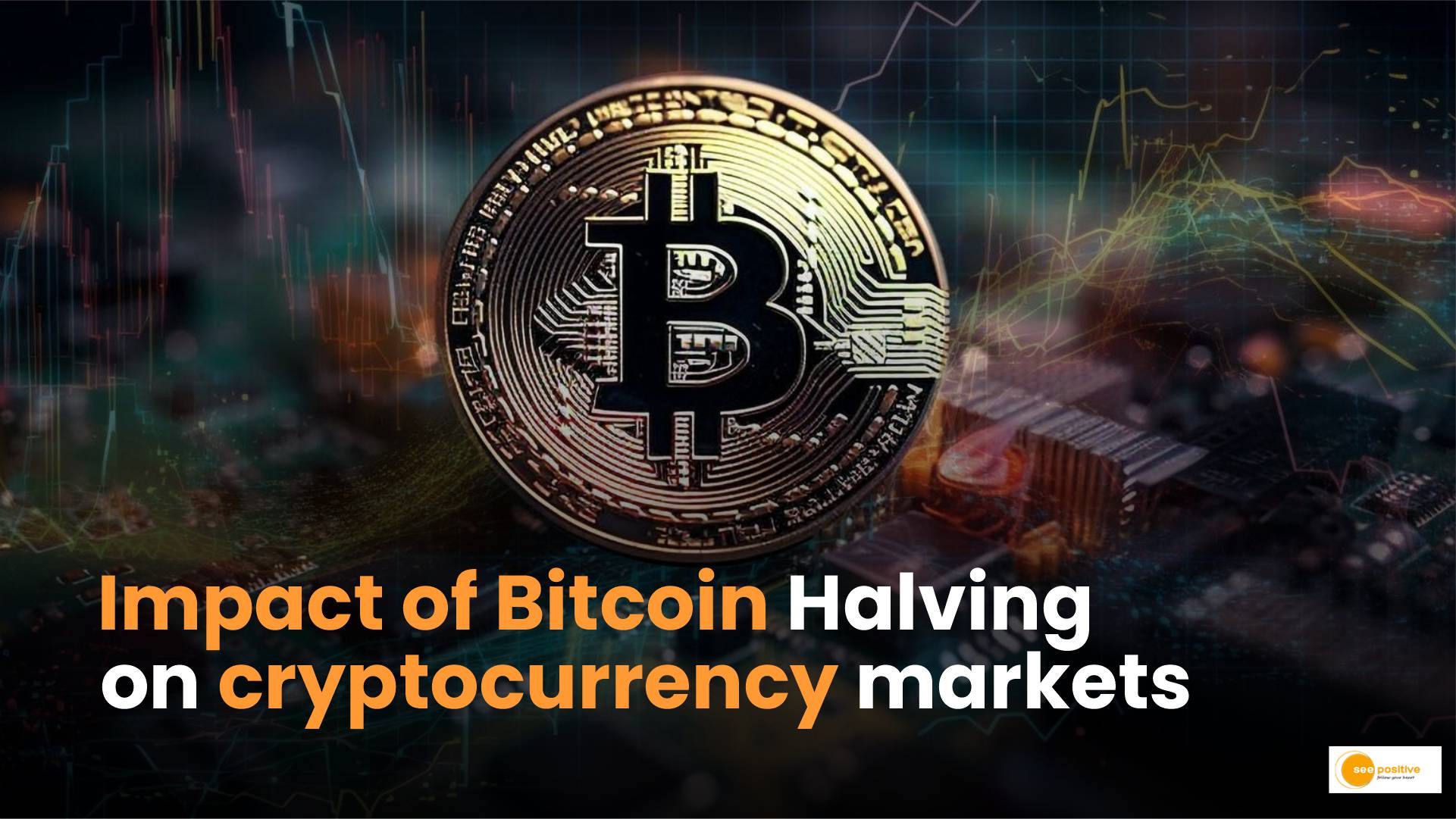The Bitcoin Halving is a significant event in the world of cryptocurrency. It occurs approximately every four years and has a direct impact on the Bitcoin network. Let’s dive into the details:
What Is Bitcoin Halving?
Bitcoin Halving is when the reward for mining Bitcoin transactions is cut in half. This reduction affects the rate at which new bitcoins are created. The process is an essential part of Bitcoin’s economic model and aims to maintain scarcity.
How Does Bitcoin Halving Work?
Block Reward Reduction: The Bitcoin network operates by adding new blocks to its blockchain. Each block contains a set of transactions. Miners, who validate and add these blocks, receive rewards for their efforts. During halving, the reward given to miners for each successfully mined block is reduced by 50%.
Scheduled Occurrence: Bitcoin Halving happens approximately every four years. The specific interval is based on the creation of 210,000 new blocks. The first reward was 50 bitcoins, and subsequent halvings have occurred as follows:
- Nov. 28, 2012: Reduced to 25 bitcoins.
- July 9, 2016: Reduced to 12.5 bitcoins.
- May 11, 2020: Reduced to 6.25 bitcoins.
- Next Halving (Expected in April 2024): The block reward will fall to 3.125 BTC.
Total Bitcoin Supply: As of March 2024, approximately 19.65 million bitcoins are in circulation. Only around 1.35 million bitcoins remain to be released via mining rewards.
Why Does Bitcoin Halving Matter?
Scarcity and Value: By reducing the rate of new coin creation, halving emphasizes scarcity. Historically, this has led to increased interest and investment in Bitcoin. However, it’s important to note that halving alone doesn’t guarantee price growth; other market factors play a role.
Long-Term Perspective: Bitcoin’s final halving is expected in 2140, when the total circulating supply will reach the theoretical maximum of 21 million bitcoins.
What Has Got To Do With Bitcoin’s Price?
Bitcoin Halving plays a crucial role in influencing Bitcoin’s price, although it’s not the sole determinant. Let’s explore how halving impacts the cryptocurrency’s value:
- Supply Scarcity: Bitcoin Halving reduces the rate at which new bitcoins are created. This scarcity tends to increase demand, as investors perceive it as a limited resource. When demand outpaces supply, prices tend to rise.
- Historical Trends: Previous halving events have shown patterns. In the year following halving, Bitcoin’s price has typically surged. For instance:
- After the 2012 halving, Bitcoin’s price increased significantly.
- Similarly, after the 2016 halving, the price soared.
- The 2020 halving also led to a bullish trend.
- Market Sentiment: Halving events create buzz and anticipation. Positive sentiment can drive more people to invest, pushing prices upward. However, this effect is not guaranteed, as other factors also influence market sentiment.
- Miner Behavior: Miners receive fewer rewards post-halving. Some miners may choose to sell fewer coins immediately, reducing selling pressure. This can contribute to price stability or growth.
- Long-Term Perspective: Halving cycles occur roughly every four years. Investors often take a long-term view, expecting price appreciation over time due to scarcity.
- External Factors: Bitcoin’s price is influenced by global economic conditions, regulatory changes, institutional adoption, and technological developments. These factors interact with halving effects.
Basics of Bitcoin Network and Mining
Bitcoin Network: Bitcoin operates on a decentralized network of computers (nodes) that validate transactions. Each full node contains the entire transaction history and approves or rejects new transactions.
Bitcoin Mining: Miners use computational power to validate transactions and secure the network. They receive rewards and transaction fees. Bitcoin mining uses a proof-of-work system, where miners solve cryptographic puzzles to validate transactions.
Conclusion
Bitcoin Halving is a critical event that affects the supply dynamics of the cryptocurrency. Investors closely monitor halving cycles, anticipating their impact on Bitcoin’s value. As we approach the next halving in April 2024, the crypto market remains intrigued by its potential effects.
Remember that Bitcoin’s value is influenced by various factors beyond halving, including market sentiment and adoption.


